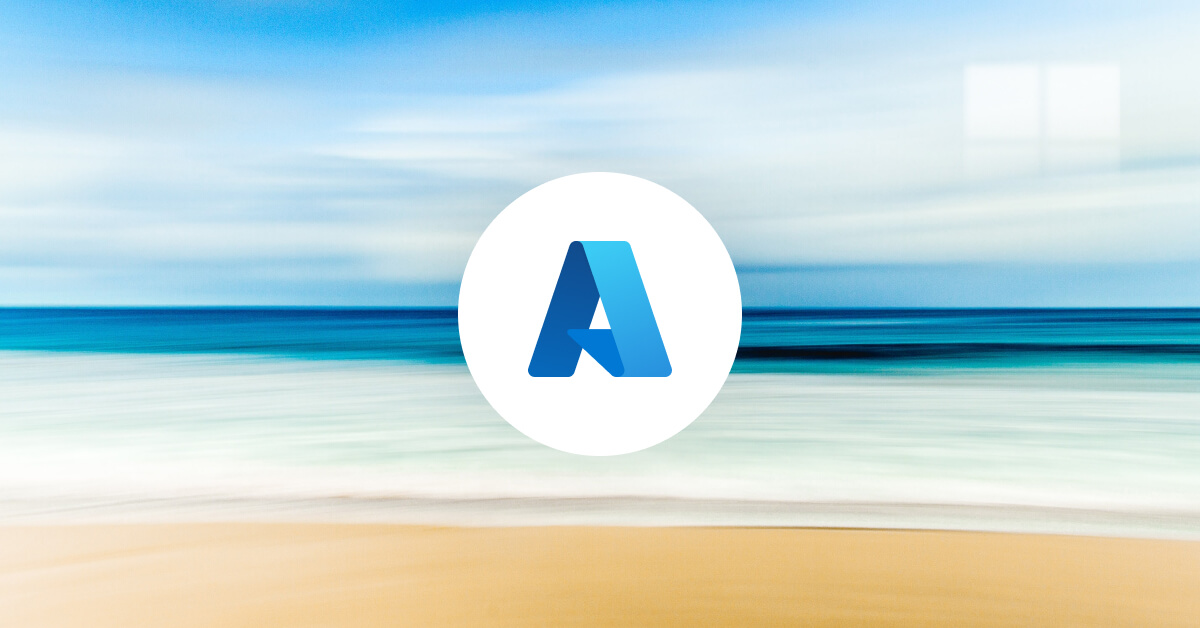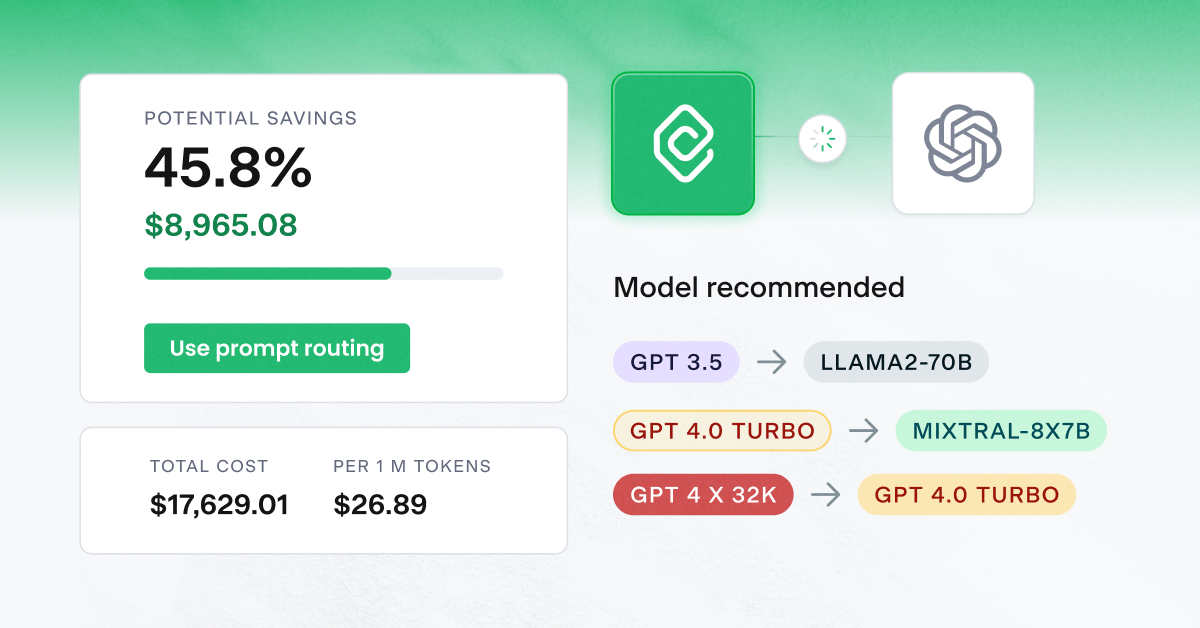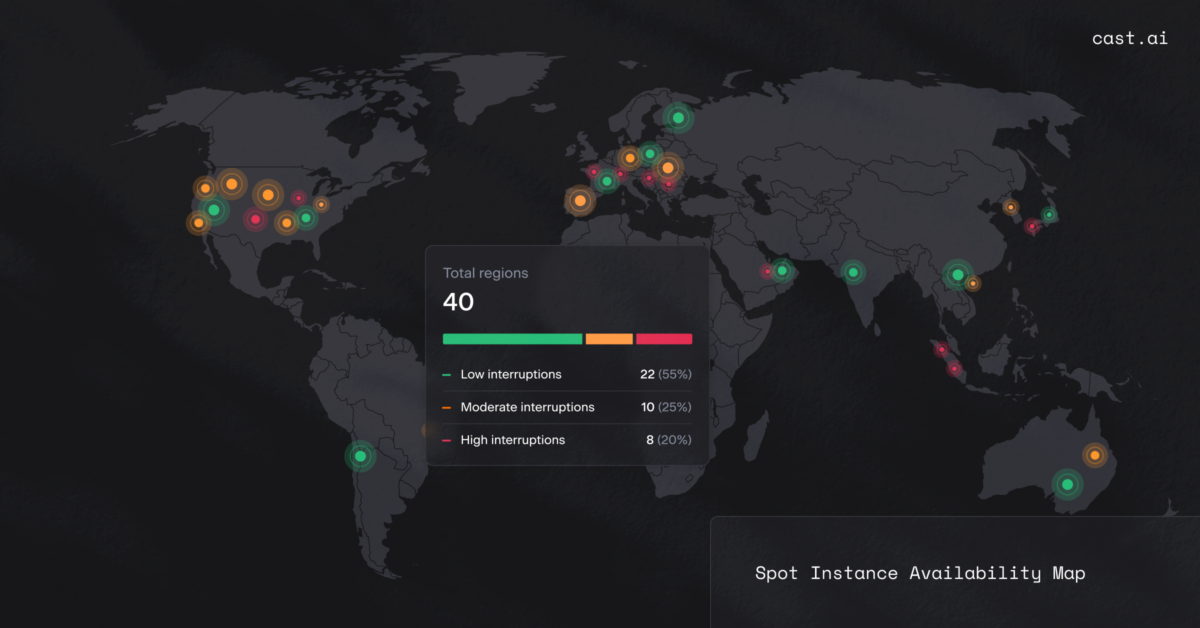Microsoft Azure is a popular cloud provider offering numerous services to enterprises, including general networking, computing (virtual machine access), analytics, storage options, and other systems.

If you’re debating a transition to Azure, there are a few key details you’ll want to consider, such as what’s included in the subscription service, whether the services are the right fit for you, the Azure pricing model, and more.
In this article, we will discuss Microsoft Azure in detail, providing you with a run-down on the Azure pricing models, the free tier option, savings, and a basic FAQ.
Microsoft Azure pricing models
Microsoft provides a few main packages ideal for various enterprises, whether you intend to use the computing service for remote access and virtual machines, data storage, or something a little more sophisticated.
The three main Azure pricing packages are as follows:
- Pay as you go
- Spot pricing
- Reserved instances
Here’sa little more info on each package:
Pay as you go
The pay as you go Azure pricing package is the most popular option for enterprises. Users are billed per second of use with no upfront or long-term payment commitments.
Throughout your time using Azure, you can easily scale features and systems as you need them, all while managing your budget with specialized tools.
Spot pricing
At first, spot instance pricing can seem complicated, but here is how it works.
With this pricing package, you buy unused computing power at a significant discount (up to 90%) compared to the standard pay as you go option.
Despite the considerable price cut, spot instances can be interrupted with little notice (30 seconds).
So, it’s not the most reliable option for certain types of applications. This is especially true if you’re managing automated workloads or can’t afford to be interrupted.
This package isn’t for everyone, but it allows to save some serious money for workloads that can tolerate interruptions.
Reserved instances
The last of the three main Azure pricing packages is reserved instances.
Reserved virtual machine instances are virtual machines (VMs) intended for multi-year use in a given region.
If you commit to a multi-year deal, you can receive discounts as high as 72%. RIs are ideal for enterprises with a fixed budget or limited scaling.
If you require virtual machine access, it’s challenging to find a competitor within the same price range, that’s for sure.
The Azure free tier
Alongside the three main Azure pricing packages, there’s also what is known as the “free tier.”
That’s right – similar to AWS, there’s a free option or at least that’s what they call it. So, what does it include?
Well, Azure’s free tier contains various services free for the limited time of 12 months with restricted data and usage allowance. If you exceed the limits, you’ll be charged on an ongoing pay as you go basis.
After 12 months of “free” use, you’ll be placed on the pay as you go service option. So yes, while it is technically free, exceed the limits and you will be charged.
The Azure free tier includes the following services:
- Linux and Windows virtual machine access,
- Managed disk space,
- Microsoft SQL Server database access,
- Blob storage,
- Bandwidth (data transfer),
- and others.
For a full list of available services and more info on the free plan, check out this page.
Are some Azure services always free?
You’ll be pleased to know that once your free trial ends, you can still access a variety of services free of charge.
These include:
- Azure functions,
- DevTest labs,
- Notification hubs,
- Service fabric,
- Event grid,
- Data catalog,
- Virtual network access,
- Bandwidth (data transfer).
But before you run off celebrating, pull up your horse for just a second.
While these are technically free, there are a few scenarios where you’ll end up on a pay as you go basis. For example, if you transfer data from North America or Europe to other continents, or if you use virtual machines on top of virtual network access, you could end up on a regular plan.
So yes, while some services are free, there are hidden costs here and there. Just something to be aware of!
Saving options
While the spot pricing and reserved instances offer discounts, there are also other saving options when you choose Microsoft Azure, allowing you to save on cloud costs.
The saving options are as follows:
- Azure Hybrid benefit – available to enterprises who have on-premise licenses to receive a discount on other hybrid services and benefits.
- Azure Dev/test pricing – organisations using Azure for testing and development may also receive a considerable discount.
- AWS price match – prices are matched/cost equivalent to AWS services.
Whether migrating from AWS or choosing Azure as your first serverless and cloud platform, there are discounts available across the board, not to mention plenty to play around within the twelve-month free trial.
Azure pricing is an affordable option for all enterprises
Microsoft Azure provides plenty of packages and pricing options for serverless cloud storage, virtual network and machine access, computing, analytics, and other services at an affordable price.
If you’re looking for a cloud solution for data storage, analysis, virtual access, or other features, then it’s a solid choice.
This is determined by your pricing package. But the most popular method is on a pay as you go basis, measured per second based on usage.
No! While there is a free trial option that lasts 12 months, you’ll be placed on a pay as you go plan once this ends. There are a few free services you can access even once this trial finishes.
Microsoft Azure pricing may be cheaper than AWS for specific services. In fact, Azure offers price matching discounts in competition with AWS, so you can ensure you’ll get a great price every time.





Leave a reply